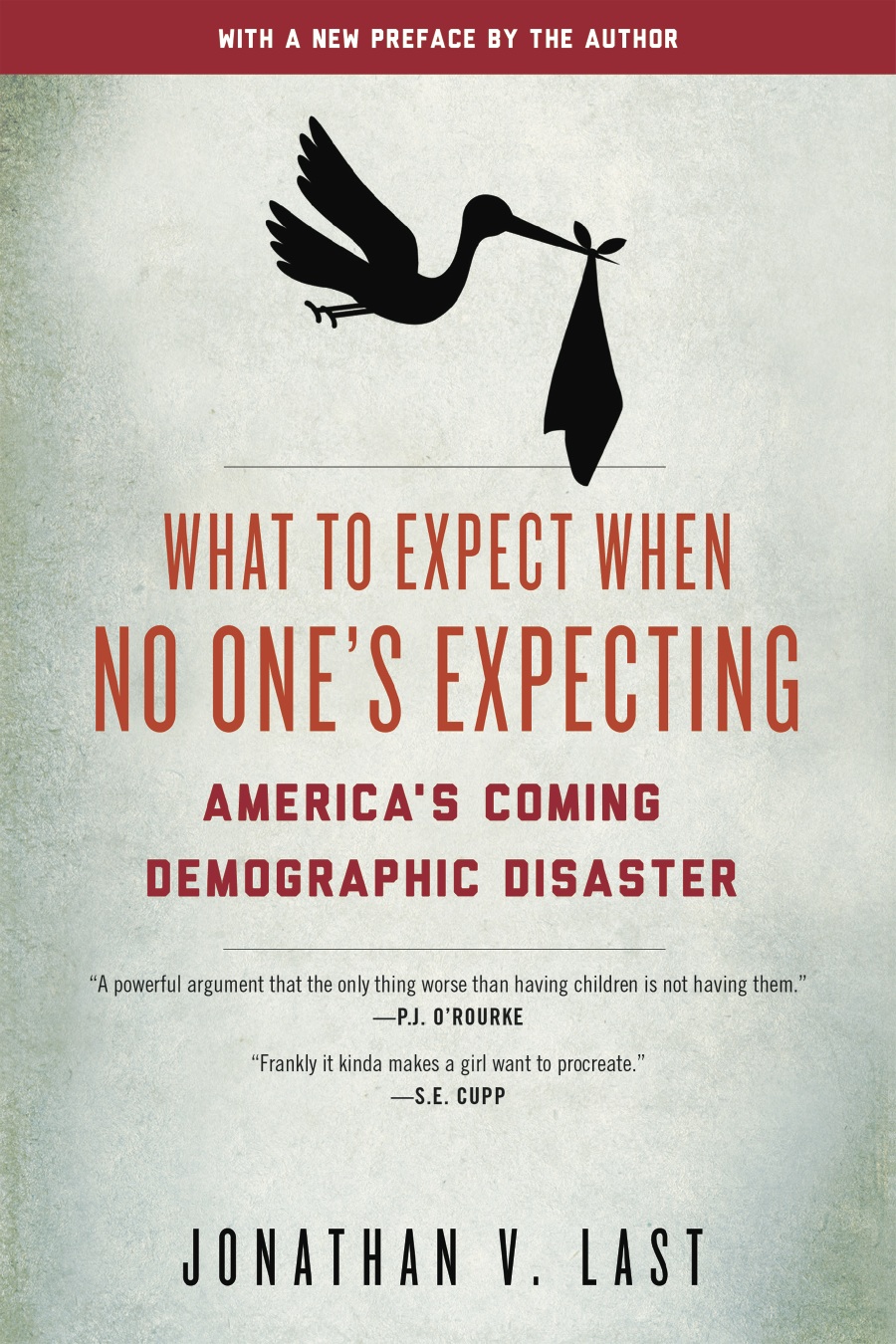November 4th, 2010
Jennifer Kahn has a great piece in the New Yorker on marathoner Alberto Salazar and Nike’s Oregon Project. Filled with gee-whiz stuff, like this look into Nike’s training facility:
Salazar took Ritzenhein to see Gordon Valiant, Nike’s house expert in biomechanics. Valiant put him on a sixty-metre test track outfitted with a force plate and had him run barefoot. Sensors in the force plate recorded the amount of force exerted on each part of the foot during impact: his so-called “loading pattern.” That pattern revealed a spike under Ritzenhein’s third metatarsal. To compensate for that, Valiant engineered a thin orthotic embedded with a small oval of ultra-soft foam to support the injured bone, which Ritzenhein has been using since mid-July, when he returned to high-mileage training. Salazar also instructed Ritzenhein to replace his sharp forefoot strike with a less aggressive landing on the midfoot, and he reduced the number of miles that Ritzenhein ran, compensating for the lost distance with long sessions of aqua jogging, plus workouts on Nike’s altered-gravity treadmill, a pressurized pod that allows athletes to run with artificially lowered body weight.
An “anti-gravity treadmill”? Awesome.
The piece also gets at something fascinating about running–the idea that achievement often happens not gradually, but in tiers. For example, if you’re a high school cross country runner, your 5K time might be 19:30, with small variation. Until, one day, you go out and run an 18:15. After which, that becomes your new normal. It wasn’t that you weren’t running as hard as you could before. It’s that your body was running as hard as it thought it could. Or something. I’ve never scene this phenomenon properly explained, but Kahn gets at it with this account of a Salazar race:
In college, Salazar did well but not spectacularly. In 1978, as a sophomore, he finished sixth in the ten-thousand-metre race at the N.C.A.A. Championships. Later that summer, Salazar, after struggling to keep pace with Rodgers, collapsed with heatstroke when he crossed the finish line at the Falmouth Road Race, in Cape Cod. He likely survived only because the race doctor had him lie in a plastic kiddie pool filled with ice water.
Though Salazar finished tenth, he nevertheless believed that he had passed a mental milestone. “After that race, I really felt, All right. I’m getting tough now,” he recalled.
That’s more of a conscious, rather than subconscious, moment, but it’s getting at the same thing, I think.
No comments yet, be the first:






